Photography
Tips on how to take good photos.
Explore your creative vision while improving your photography skills with helpful advice from photography professionals.

Photography
Explore your creative vision while improving your photography skills with helpful advice from photography professionals.
Get tips on equipment choice, exposure, shutter speed, light settings and more from top photo pros. Discover composition techniques like the rule of thirds and find inspiration in different photography styles such as landscapes and portraiture. Plus, explore how to work with presets and gain helpful insight into cool ways to hone in on your own artistic vision.
Everyone has different ideas about what makes a great photo. Is the image meant to be beautiful? Is it meant to be thought-provoking? Is it meant to surprise or startle your viewer? Whatever the intent of your image, if it communicates your message or idea, it’s a good photo. But to convey ideas successfully, you need to master the technical side of photography. Understand how your camera works, how to compose a shot and how to work with changing light. Follow these insights and tips from professionals to improve your photographic abilities.
Every great photo starts with a good exposure. Learn how your shutter speed, aperture and ISO settings relate to each other. For example, if you shoot in low light with a small aperture and a fast shutter speed, you’ll end up with an underexposed image. When you understand that relationship, you can use these tools to experiment and capture the exact image you want. Try longer shutter speeds to create motion blur. Or use wider apertures to get a shallow depth of field. When one setting changes, all the others must adjust to compensate for it. Remember, if your image is over- or underexposed, it will distract your viewer from the composition, colour or content of your photograph.
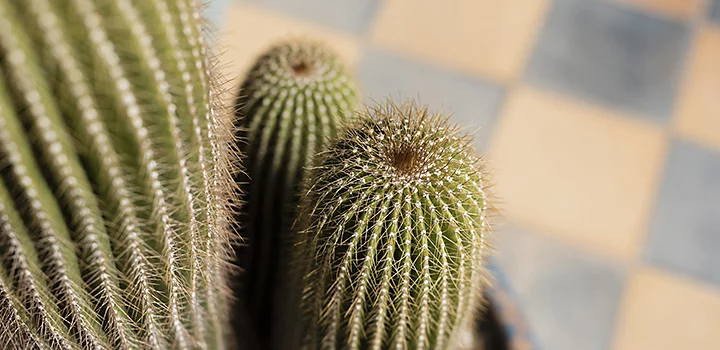
“The more you know about a camera, the more you can take advantage of it and you can change things on the fly,” explains photographer Jeff Carlson. If you take a picture of a sunset with a DSLR camera, you need to know how to quickly adjust your aperture and shutter speed to work with changing light. It’s important to get to know your camera so you don’t miss that perfect shot of the sun slanting through trees and clouds.
“It’s not all about the equipment, it’s how you use it. Learn how to use what you have. Even if you just have an iPhone, you can still get creative with that,” says photography Sarah Marcella. Smartphone cameras and digital cameras of all kinds have come a long way and with post-processing photo editing tools like Adobe Photoshop Lightroom, you can easily — and professionally — edit your photos any time.
“My number one piece of advice is to practise. I learn something new every time I shoot. Every environment and every photoshoot is unique,” says photographer Jenn Byrne. Practice doesn’t just mean you go to a photo studio and take lots of photos. You also have to capture images in the moment and hone your artistic vision. Bring your camera with you when you’re out in the world and take photos of the things that interest you. Take close-up pictures of plants while on a walk or take candid portraits of your family.
“Shoot a lot of photos and recognise that you’re going to make a lot of really bad photos and that’s okay,” says Carlson. Every image you capture won’t be beautiful. Even professional photographers take bad photos. It’s through trial and error that you get better and find the style and approach that interests you. Try, fail and try again.
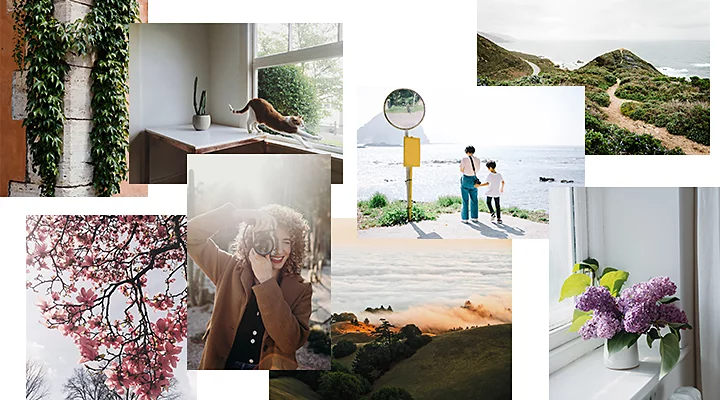
Good light is crucial for good photos. It can set the mood, create a successful exposure and highlight what’s important in the composition. Experiment with both studio lighting and natural light to see which approach is right for your photos. With studio lighting, you have complete control of the colour, brightness and position of lights. It can take time to learn how to light scenes and people naturally with studio lights, but once you know how to set up key lights, you can get just the look you’re going for.
Natural light can be a little easier to work with since it doesn’t require lots of extra equipment. But if you shoot outdoors with natural light, don’t take photos at noon when the sun is directly above. This can make your images flat and overly bright. Instead, shoot during the last hour before sunset and the first hour after sunrise, otherwise known as the golden hour. The light at these times is softer and easier to work with.
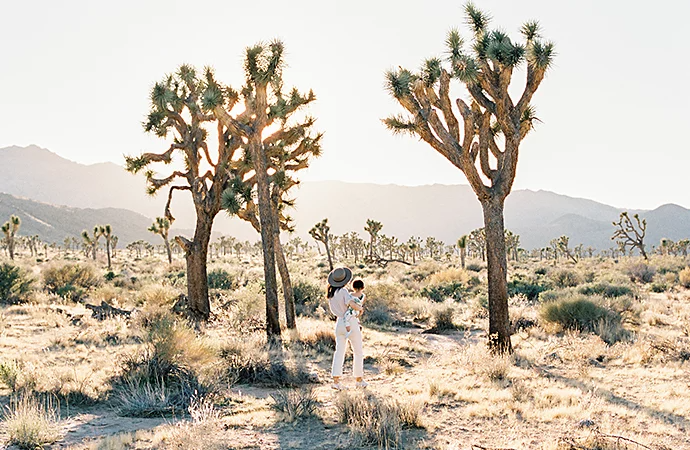
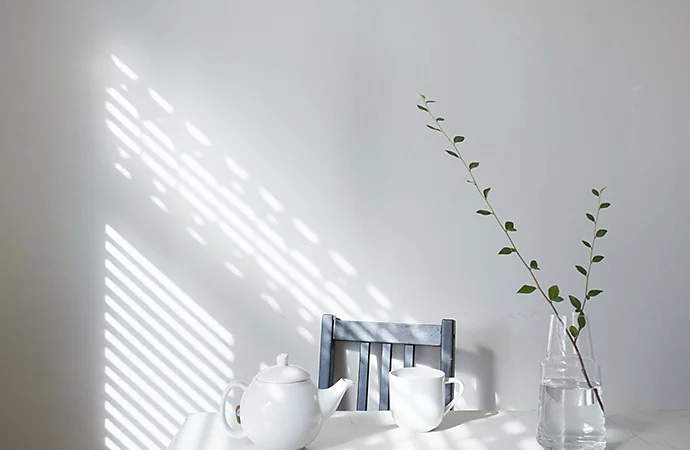
Composition is how a photographer arranges elements inside the frame of an image. Following standard composition rules, like the rule of thirds, is a great way to experiment with where objects fall within the shot. Don’t snap a shot with your subject sitting in the middle of the image; instead, place your subject in the left or right third of an image and leave the other two thirds more open. Once you’ve mastered shooting with the rule of thirds in mind, experiment with shooting at different angles and from different perspectives. Try to balance your shot, fill the frame with your subject or think about leading lines that draw the viewer’s eye across the image. An interesting composition can take a good photo and make it exceptional.
Pursue and explore the realms of photography that interest you. “Think about which things you enjoyed shooting. Because that’s going to speak to your viewer. Just shoot whatever makes you happy,” says Carlson. When you’re passionate about the subject matter of your photos, that makes the image more interesting. If you like to hike, try your hand at landscape photography. Or connect with the people in your life and experiment with portraiture. Just follow your passions and explore the subjects that matter to you.

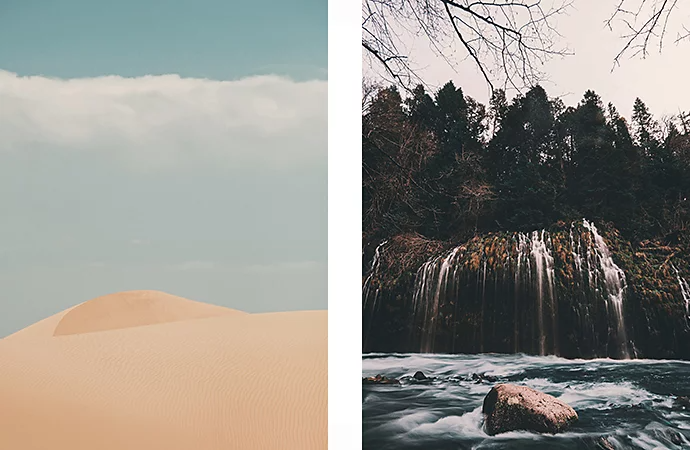
Composition is how a photographer arranges elements inside the frame of an image. Following standard composition rules, like the rule of thirds, is a great way to experiment with where objects fall within the shot. Don’t snap a shot with your subject sitting in the middle of the image; instead, place your subject in the left or right third of an image and leave the other two thirds more open. Once you’ve mastered shooting with the rule of thirds in mind, experiment with shooting at different angles and from different perspectives. Try to balance your shot, fill the frame with your subject or think about leading lines that draw the viewer’s eye across the image. An interesting composition can take a good photo and make it exceptional.
It’s almost impossible to snap the perfect photo in camera. That’s where editing software like Adobe Photoshop Lightroom comes in. “I have learnt a lot from using presets and using them as a jumping off point,” says Byrne. Explore the standard presets available in Lightroom and then use them to create your own customised photo filters to get the exact look you want. The difference between a good photo and a great photo comes down to the details. And with the right tools on hand, you can edit those details to perfection.
Based on your location, we think you may prefer the United States website, where you'll get regional content, offerings, and pricing.